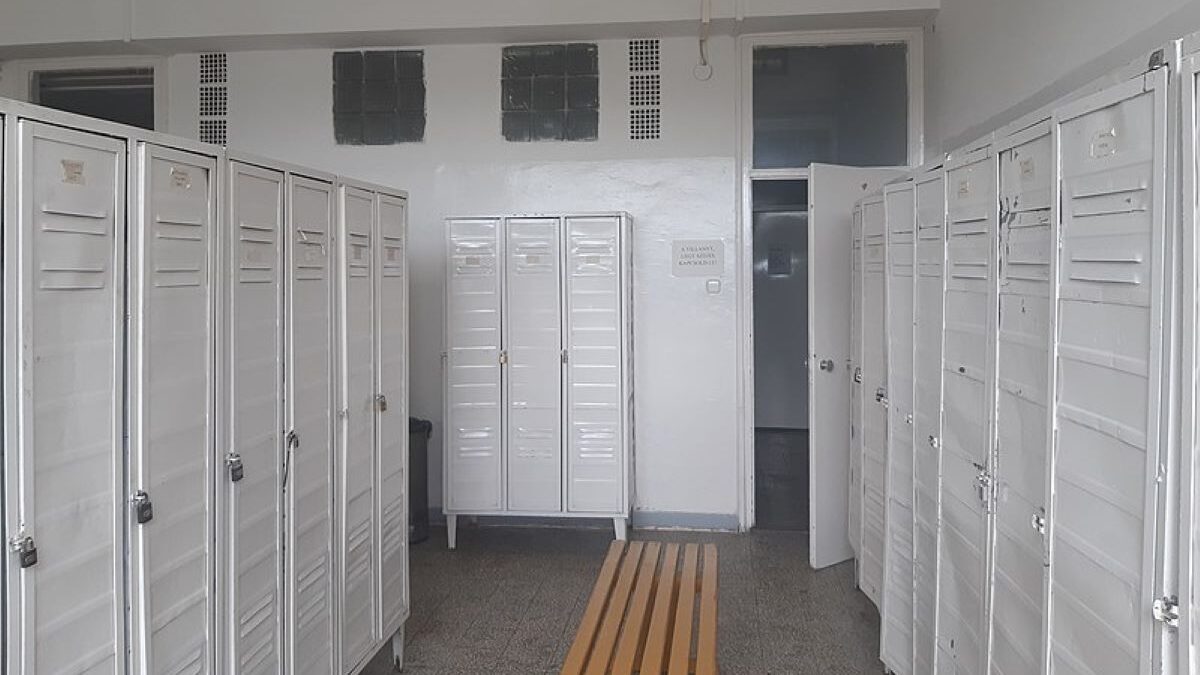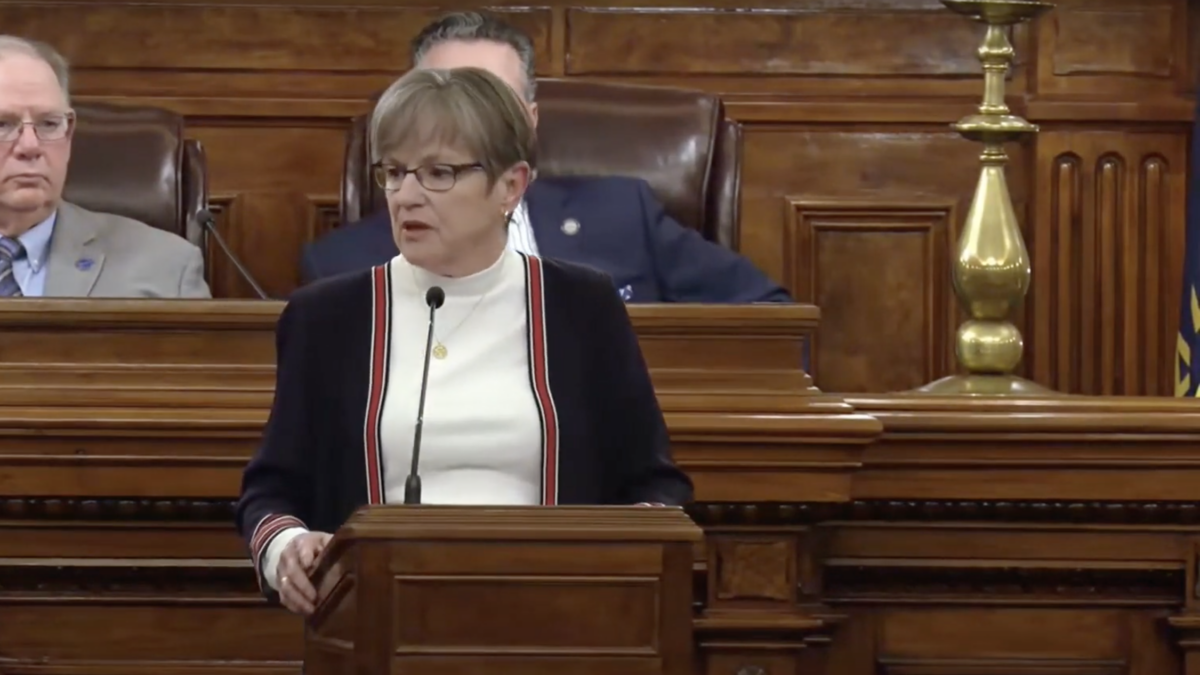A Wisconsin-based law firm is demanding communication records from a local school district that allegedly allowed an 18-year-old transgender-identifying male to shower naked in the girls’ locker room in front of four female students.
In an April 19 letter addressed to the Sun Prairie Area School District (SPASD), the Wisconsin Institute for Law and Liberty (WILL) filed an open records request for any and all communications related to an incident last month at Sun Prairie East High School (EHS), in which an 18-year-old male student, who claims to be a woman, purportedly showered unclothed in the girl’s school locker room in the presence of four female, freshmen students.
“We have concerns, and we have questions … Is this school district meeting their [Title IX] obligations under the existing federal law, and what policies are in effect right now?” Libby Sobic, WILL’s director of education policy, told The Federalist. “The school administration is not making that clear.”
Sun Prairie, a Madison suburb, is located in the deep-blue enclave of Dane County.
The incident in question allegedly occurred on March 3, when the four aforementioned female students participated in a swim unit as part of their physical education class. After finishing the course, the four female freshmen entered the EHS girl’s locker room and noticed a senior male student — who was not in the physical education class the girls participated in — near the facility’s lockers and benches. According to WILL, the girls “were surprised to see him in the locker room” but had “a general idea that this student identifies as transgender and has used girls’ bathrooms before.”
While uncomfortable, the girls purportedly did not interact with the male student and proceeded to the shower area with their swimsuits on. While the girls rinsed off, the female-identifying senior approached them, allegedly announced, “I’m trans, by the way,” and “undressed fully and showered completely naked right next to one of the girls.” While initially facing the wall, the male student “eventually turned and fully exposed his male genitalia to the four girls,” at which point the female students quickly left the facility.
After hearing about the incident from one of the girls, a fellow student reported the disturbance to EHS’s student services on March 6. At that point, EHS Associate Principal Heidi Walter purportedly asked the student for the names of the girls involved, “but the other student wanted to get permission from the girls first.” According to WILL, “[t]here is no indication anyone at EHS took any action at that time.”
While the aforementioned student allegedly attended a meeting four days later to provide Walter with the girls’ names, Walter, according to WILL, “told her that instead the girls can approach her if they wanted.” Walter later admitted she should have “dug deeper” into the incident at the time.
“Title IX requires school districts to do certain things when incidents of sexual harassment are brought to their attention. So, this includes providing resources to the victims, offering support,” Sobic said. “It also requires them to have clear policies on what is appropriate and what’s not, and it requires them to have a Title IX coordinator who’s supposed to make sure that these things are implemented. But when this incident was brought to the attention of the school administrators, they failed to do any of those steps.”
WILL’s letter goes on to detail communications between the mother of one of the female victims and EHS Principal Renee Coleman, who called to apologize but also claimed that SPASD policies “address this situation and that she would have to speak with District staff who knew the details.” According to WILL, however, no official district “policy” was identified, and “no Title IX rights were mentioned.”
An in-person meeting regarding the March 3 locker room incident purportedly didn’t occur until April 5. And at this time, district officials did not identify or describe the district’s official policy regarding such matters.
In an April 10 response email to a concerned parent, Coleman attached a document titled “Restroom and Locker Room Accessibility Guidance,” which stipulates that students who identify as gender expansive, transgender, or nonbinary are allowed to use the restroom “in accordance with the student’s gender identity that the student regularly asserts at school and in other social environments.” According to WILL, there is no evidence to indicate such a policy “has ever been in effect, was in effect on March 3,” or was approved by the district’s school board.
SPASD has since publicly disputed WILL’s characterization of the March 3 incident.
Earlier this month, the Biden administration proposed new Title IX rules that seek to prohibit schools receiving federal funds from enforcing policies preventing men from competing in women’s sports. As The Federalist’s Jordan Boyd previously reported, the proposal’s goal is to kneecap legislation passed by more than 20 states designed to protect female spaces “on and off the field,” meaning women’s sports and locker rooms would be available to female-identifying men.
While speaking with The Federalist, Sobic noted how the EHS incident is “a really important lesson for school districts around the country,” and that such incidents will likely continue to occur as the Biden administration tries “to make changes to Title IX and the definition of sex.”
“Title IX has been around for 50 years and was designed to protect young women and girls in educational environments and by making changes to that law … these are going to be the consequences,” she said. “We want school districts to hold public hearings. We want them to have conversations with their communities about what should their policies look like, how [they] can ensure that all students know what the rules are, and how [they can] ensure that there are policies in place to protect students from instances of sexual harassment.”









